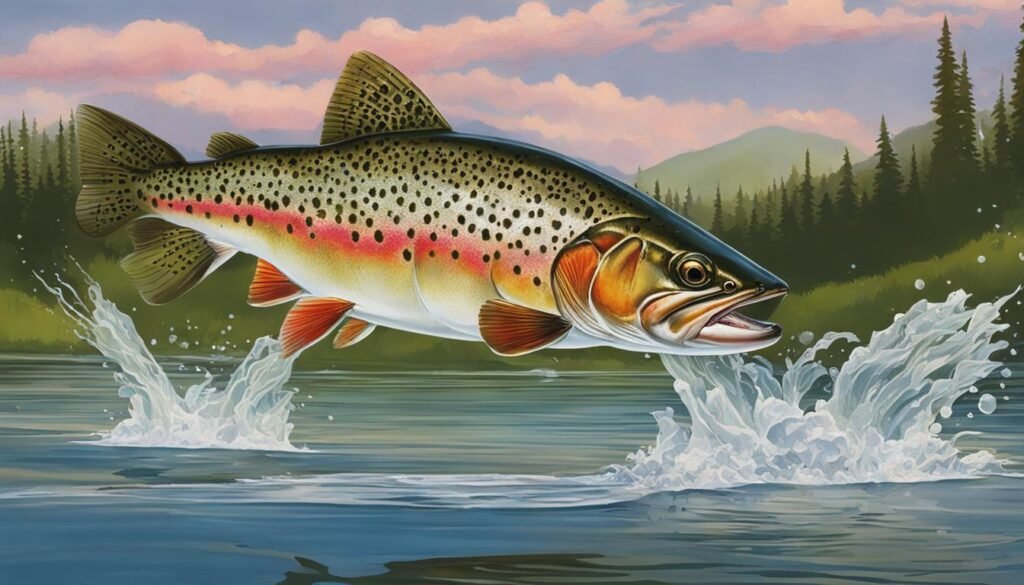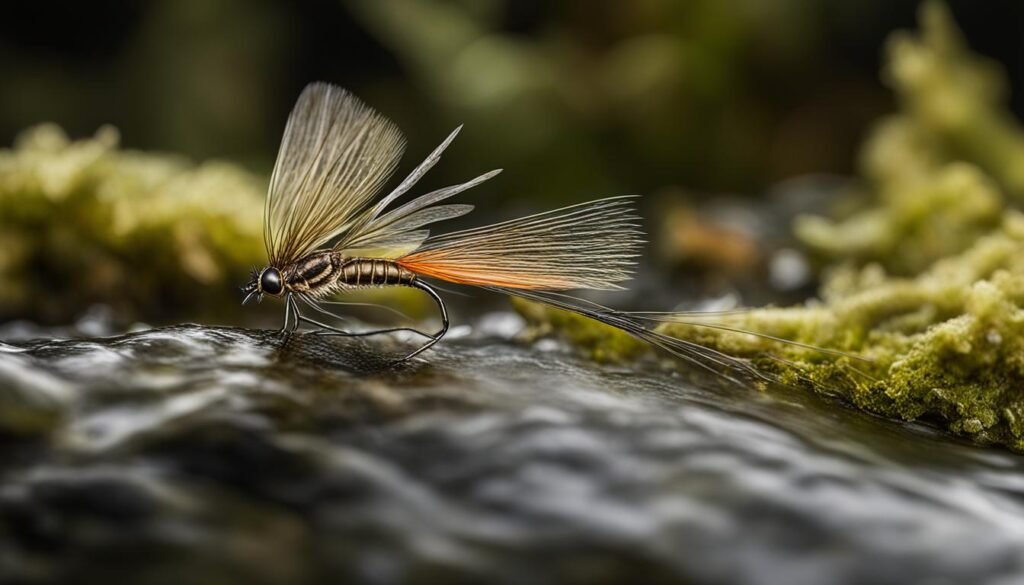Lets talk about the world of emerger flies and how they can greatly improve your fly fishing techniques. From choosing the right emerger flies to understanding their importance in fly fishing, we’ve got you covered.
Understanding the importance of emerger flies in fly fishing
In the world of fly fishing, emerger flies play a vital role in enticing trout to bite. These flies imitate the nymphs swimming up the water column to the surface, where they break free from their shucks and emerge as adult insects. This transitional stage makes emerger flies irresistible to trout, as they prey on vulnerable insects during this phase.
When it comes to emerger flies, mayfly patterns are among the most popular choices. Mayfly emergers are available in various sizes and colors to imitate different species and stages of their life cycle. Additionally, caddis patterns and midge patterns are commonly used as emerger flies.
To effectively fish with emerger flies, it’s essential to understand the life cycles of different insects and select the appropriate patterns. Matching the hatch and presenting the fly in a natural manner are key factors in enticing trout to strike. Paying attention to details such as drift, depth, and retrieve techniques can make a significant difference in your success.
Matching the Hatch with Emerger Flies
- Mayfly Emergers: Choose patterns based on specific hatches and focus on presentation rather than complexity. Tailor your selection to imitate the size, color, and behavior of the emerging insects.
- Caddis Emergers: Consider patterns that imitate both mayfly and caddis emergers, as caddis tend to metamorphose faster. Increase the size of patterns to match the insects during caddis hatches.
- Midge Emergers: Select small midge emerger patterns in sizes 20 to 24. Reliable options like Birchell’s Hatching Midge can entice trout during midge hatches.
Top Emerger Fly Patterns for Trout Fishing

When it comes to fly fishing for trout, having the right emerger fly patterns in your arsenal can make all the difference. These patterns are specifically designed to imitate the vulnerable stage of insects emerging from their aquatic habitat, making them irresistible to trout. Here are some of the top emerger fly patterns that have proven to be effective in fooling even the wariest of trout.
Barr’s Emerger
One of the most versatile emerger fly patterns is Barr’s Emerger, created by renowned fly designer John Barr. This pattern can be fished as both an emerger and a cripple, making it a great all-around choice. Available in various colors, such as olive and white, Barr’s Emerger is highly effective in imitating the emerging stages of mayflies and other insects.
RS2
The RS2, developed by Rim Chung, is a go-to fly for imitating small mayfly emergers. It is especially effective in sizes 18 to 22, making it a perfect match for the tiny insects trout often target. With its simple yet realistic design, the RS2 consistently fools trout into thinking it’s the real thing.
Klinkhammer
Originally designed as an emerging caddis pattern by Hans Van Klinken, the Klinkhammer has also proven to be an excellent choice for imitating mayfly emergers. Available in black and brown colors, this pattern excels in imitating the natural appearance of emerging insects. Its distinctive parachute-style hackle gives it a unique silhouette that entices trout to strike.
CDC Emerger
The CDC Emerger is a popular pattern among fly fishermen due to its versatility in imitating various insect emergers. Available in natural colors such as brown, tan, and olive, this pattern can effectively imitate mayflies, caddisflies, and midges. The CDC (cul de canard) feathers used in the pattern provide excellent flotation and a realistic profile on the water, making it irresistible to trout.
Olive Mayfly Emerger
The Olive Mayfly Emerger is a must-have pattern for imitating subsurface insects. This pattern can be fished just below the water’s surface or skated on top for added attraction. Available in sizes 10 and 12, and olive and brown colors, this emerger is highly effective in fooling trout during mayfly hatches.
Having a selection of these top emerger fly patterns in your fly box will greatly increase your chances of success when targeting trout. Remember to match the size, color, and behavior of the emerger to the specific hatch and water conditions for optimal results.
Choosing the right emerger flies for different hatches

When it comes to fly fishing, selecting the right emerger flies for different hatches is crucial for success on the water. By understanding the specific patterns and behaviors of mayflies, caddisflies, and midges, anglers can effectively imitate the emerging stages of these insects and entice trout to strike. Here are some tips to help you choose the right emerger flies for different hatches.
Mayfly Emergers:
Mayflies are known for their delicate emergence from the water, making them a prime target for hungry trout. When selecting mayfly emerger patterns, it’s important to consider the specific hatches you expect to encounter. Choose simple patterns that match the size and color of the emerging insects. Focus on presentation rather than complexity, as a natural drift and realistic movement are key to enticing trout.
Caddis Emergers:
Caddisflies undergo a rapid transformation from larvae to adults, making their emergers an enticing meal for trout. When fishing caddis hatches, consider using patterns that imitate both mayfly and caddis emergers. These patterns can be slightly larger in size compared to mayfly emergers to match the larger body size of caddisflies. Experiment with different colors and sizes to find what works best for the specific caddis hatch you’re targeting.
Midge Emergers:
Midges are small insects that can make up a significant portion of a trout’s diet. To effectively imitate midge emergers, choose patterns in sizes 20 to 24. Birchell’s Hatching Midge is a reliable option that has proven successful in fooling wary trout. Remember to focus on delicate presentations and subtle drifts, as midges are known for their delicate emergence.
When you’re uncertain about the hatches you’ll encounter, it’s always a good idea to have a selection of emerger patterns in various colors and sizes. This will allow you to adapt to changing conditions and increase your chances of success on the water. Remember, the right emerger fly can make all the difference when it comes to fooling trout during their vulnerable emergent stage.
Tips for fishing with emerger flies
When it comes to fishing with emerger flies, proper presentation is key to enticing trout and increasing your chances of success. Consider the water conditions, fish behavior, and specific hatches to determine the most effective techniques.
Experimentation is essential. Try different retrieves, drifts, and depths to find the optimal presentation for your emerger flies. Pay close attention to subtle strikes or visual signals indicating fish taking the fly.
Flexibility is key. Be adaptable and willing to change patterns, sizes, and colors based on fish response and environmental factors. Keep in mind that trout can be selective, so adjusting your approach can make a significant difference in your fishing experience.
Lastly, practice makes perfect. Refine your fishing techniques with emerger flies to improve your success rate in fly fishing. Develop your skills and increase your knowledge of trout behavior to become a more proficient angler. Enjoy the journey of exploring different strategies and honing your craft.

